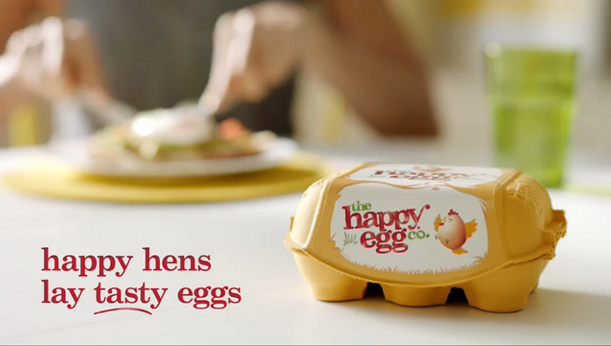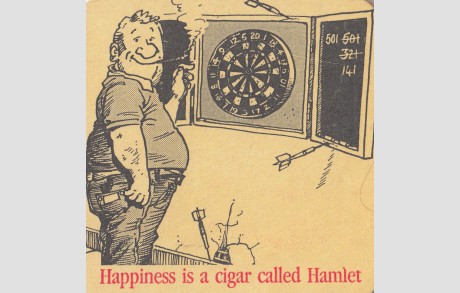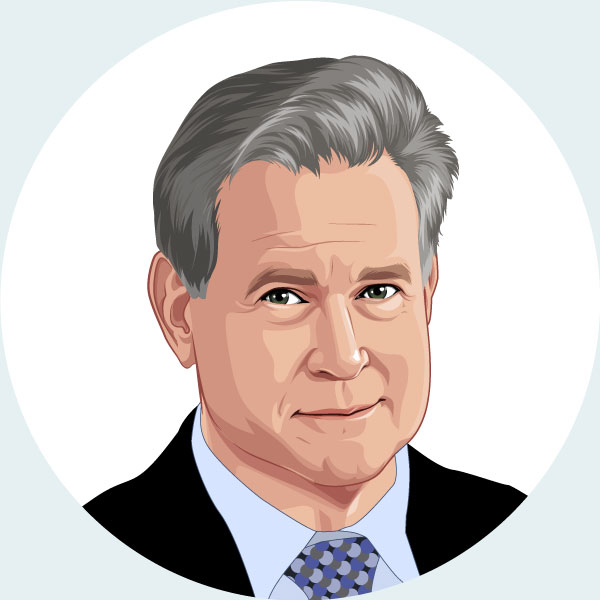
#HappinessHacked
Steve Cutt’s Animated Short Film “Happiness”
#HappinessConflated – #HappinessConfused
PLEASURE VS HAPPINESS
If you’re confused between happiness and pleasure, don’t feel alone. Google “pleasure” and what you’ll read is “a feeling of happy satisfaction and enjoyment.” Money can buy you pleasure, but happiness has to come from somewhere else.
If you’ve been told your entire life that pleasure is happiness, then you’re in [big trouble]. Pleasure is short-lived, visceral, usually experienced by oneself, achievable with substances. Happiness, by contrast, is often the opposite—long-lived, ethereal (purposeful, transcendent), often experienced in meaningful social groups and cannot be achieved through substances. Pleasure is taking, while happiness is giving.
#HappinessNOT
Many companies and brands attempt to associate “happiness” with the purchase of their products and the use of their services, hoping that customers will turn to them for a “better life”. Cutting edge marketing concepts such as “neuromarketing” and “choice architecture” are being employed to manipulate you as a consumer, and there is even a company promising to funnel your dopamine right into addictive behavior patterns and company profit margins. The marketers have been trying for decades to convince us that sugar is a health food.
Do you buy it?





Who could have imagined that something so innocent, so delicious, so irresistible — just one glucose molecule (not so sweet) plus one fructose molecule (very sweet) — could propel America toward economic deterioration and medical collapse? – The Most Unhappy of Pleasures: This is Your Brain on Sugar, Atlantic Magazine, 2012
Starbucks Happy Hour? Check out the sugar in these Starbucks Drinks
| Drink (16 oz. Grande) | Calories | Sugars (g) |
|---|---|---|
| Beast Mode Frappuccino (whole milk, whipped cream) | 430 | 59 |
| Caffè Vanilla Frappuccino (whole milk, whipped cream) | 430 | 69 |
| Caramel Frappuccino (whole milk, whipped cream) | 410 | 64 |
| Caramel Macchiato (2 percent milk) | 240 | 32 |
| Chai Crème Frappuccino (whole milk, whipped cream) | 360 | 50 |
| Chai Tea Latte (2 percent milk) | 240 | 42 |
| Cinnamon Dolce Frappuccino (whole milk, whipped cream) | 270 | 41 |
| Cinnamon Dolce Latte (2 percent milk, whipped cream) | 330 | 40 |
| Coffee Frappuchino (whole milk) | 240 | 50 |
| Double Chocolaty Chip Crème Frappuccino (whole milk, whipped cream) | 420 | 52 |
| Green Tea Crème Frappuccino (whole milk, whipped cream) | 430 | 65 |
| Hot Chocolate (2 percent milk, whipped cream) | 400 | 43 |
| Iced White Chocolate Mocha (2 percent milk, whipped cream) | 450 | 54 |
| Java Chip Frappuccino (whole milk, whipped cream) | 470 | 66 |
| Mocha Frappuccino (whole milk, whipped cream) | 410 | 61 |
| Smoked Butterscotch Frappuccino (whole milk, whipped cream) | 440 | 65 |
| Strawberries and Crème Frappuccino (whole milk, whipped cream) | 370 | 54 |
| Vanilla Bean Crème Frappuccino (whole milk, whipped cream) | 400 | 57 |
| Vanilla Latte (2 percent milk) | 250 | 35 |
| White Chocolate Mocha Frappuccino (whole milk, whipped cream) | 440 | 67 |
(Convert to teaspoons – divide grams by 4)
Experts have made consistent recommendations on daily sugar intake (upper limits).
The American Heart Association (AHA) recommends no more than 6 teaspoons (25 grams) of added sugar per day for women and 9 teaspoons (38 grams) for men.1 The AHA limits for children vary depending on their age and caloric needs, but range between 3-6 teaspoons (12 – 25 grams) per day.
That is in line with the World Health Organization‘s (WHO) recommendation that no more than 10% of an adult’s calories – and ideally less than 5% – that could come from added sugar or from natural sugars in honey, syrups and fruit juice. For a 2,000-calorie diet, 5% would be 25 grams (6 teaspoons).
These are the upper limits. How much added sugar do you need in your life to maintain optimal health? ZERO. ZIP. NADA. BUPKIS.
No End to Happiness










Healthcare Industry is Complicit
The ADA is a “bought” organization. Bought by Big Pharma. It’s only about the money. It’s not about lives or health or society. This is extortion. Big Food is Al Capone. And the ADA is Frank Nitti, his henchman.
(Response to American Diabetes Association release of guidelines for pediatric type 2 pediatric diabetes.)
From the Tobacco Playbook












